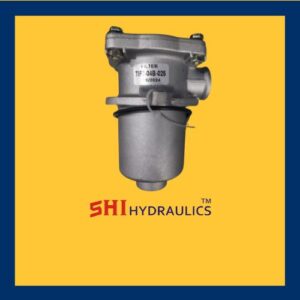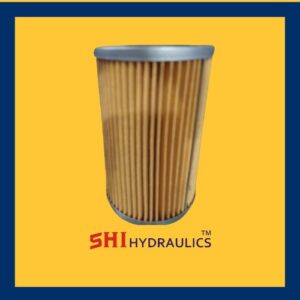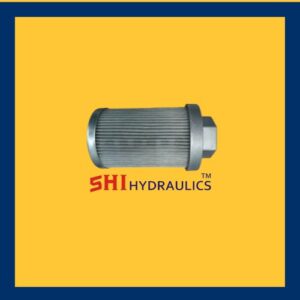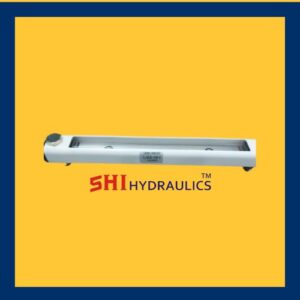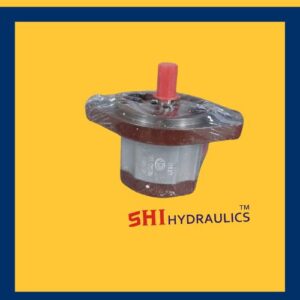Air Conditioning Hose
An air conditioning (AC) hose is an integral part of any vehicle or building’s air conditioning system, responsible for transporting refrigerant and ensuring the system operates effectively. Designed to handle high-pressure and high-temperature conditions, these hoses ensure the seamless circulation of refrigerant between the compressor, condenser, evaporator, and expansion valve.
This description delves into the features, types, materials, benefits, applications, and maintenance of air conditioning hoses, highlighting their importance in modern climate control systems.
Key Features of Air Conditioning Hoses
- Durability
- Constructed to withstand extreme pressures and temperatures, AC hoses are robust and reliable.
- Flexibility
- Flexible construction allows these hoses to be routed through tight and complex spaces without compromising performance.
- Pressure Resistance
- Designed to handle high refrigerant pressures, ensuring safe and efficient operation.
- Chemical Compatibility
- Resistant to refrigerants, oils, and other chemicals commonly used in AC systems.
- Temperature Resistance
- Capable of enduring both high and low temperatures, ensuring functionality in diverse climates.
Types of Air Conditioning Hoses
- Barrier Hoses
- Equipped with an inner layer that prevents refrigerant permeation, ensuring system efficiency and environmental compliance.
- Non-Barrier Hoses
- Older hose types without a permeation barrier, now less common due to stricter environmental regulations.
- Reduced Barrier Hoses
- Compact and lightweight, these hoses offer the same performance as barrier hoses while saving space and weight.
- Rubber Hoses
- Made from durable rubber compounds, often reinforced with braided fibers or steel for added strength.
- Thermoplastic Hoses
- Constructed from advanced polymers, providing excellent flexibility and resistance to refrigerants and heat.
- Metal Braided Hoses
- Feature a metal braid for enhanced durability in high-pressure applications.
Materials Used in Air Conditioning Hoses
- Synthetic Rubber
- Provides flexibility, durability, and resistance to refrigerants and oils.
- Nylon or Polyester Barrier Layers
- Prevent refrigerant leakage and improve system efficiency.
- Reinforcement Layers
- Braided fibers or steel reinforcement enhance strength and pressure resistance.
- Outer Coverings
- Protective layers shield the hose from abrasion, UV rays, and environmental wear.
Benefits of Air Conditioning Hoses
- Efficient Refrigerant Flow
- Ensures the proper circulation of refrigerant for optimal cooling performance.
- System Longevity
- Durable construction reduces wear and tear, extending the lifespan of the AC system.
- Environmentally Friendly
- Modern hoses minimize refrigerant leakage, reducing environmental impact.
- Versatility
- Compatible with a variety of refrigerants, including R-134a and newer eco-friendly options like R-1234yf.
- Safety
- Designed to handle high pressures, preventing system failures and ensuring safe operation.
Applications of Air Conditioning Hoses
- Automotive Industry
- Used in cars, trucks, buses, and heavy machinery to connect various AC components and maintain comfortable cabin temperatures.
- Residential and Commercial HVAC Systems
- Integral to air conditioning systems in buildings, ensuring effective climate control.
- Refrigeration Equipment
- Used in commercial refrigerators and freezers for efficient refrigerant transfer.
- Specialized Equipment
- Found in industrial cooling systems, medical equipment, and aerospace applications where precise temperature control is essential.
Maintenance and Troubleshooting
- Regular Inspection
- Check for signs of wear, cracks, or leaks to ensure system reliability.
- Proper Installation
- Ensure hoses are correctly routed and securely connected to prevent leaks or pressure drops.
- Cleaning and Protection
- Keep hoses free from debris and protect them from physical damage or excessive heat exposure.
- Timely Replacement
- Replace worn or damaged hoses promptly to avoid system inefficiency or failure.
- Professional Servicing
- Have the AC system inspected and serviced by qualified technicians to maintain optimal performance.
Technological Advancements in AC Hoses
- Eco-Friendly Materials
- Development of hoses compatible with environmentally safe refrigerants like R-1234yf.
- Lightweight Designs
- Modern hoses are lighter and more compact, improving fuel efficiency in vehicles.
- Improved Permeation Barriers
- Advanced barrier materials reduce refrigerant loss and enhance system efficiency.
- Integrated Sensors
- Some hoses now include sensors to monitor pressure and temperature in real-time, enhancing diagnostics and system performance.
Factors to Consider When Selecting an Air Conditioning Hose
- Compatibility
- Ensure the hose is compatible with the refrigerant used in your system.
- Pressure and Temperature Ratings
- Choose hoses designed to handle the specific operating conditions of your system.
- Durability
- Opt for hoses with robust construction for long-term reliability.
- Flexibility
- Flexible hoses simplify installation in tight spaces.
- Environmental Standards
- Select hoses that meet current environmental regulations for refrigerant containment.


